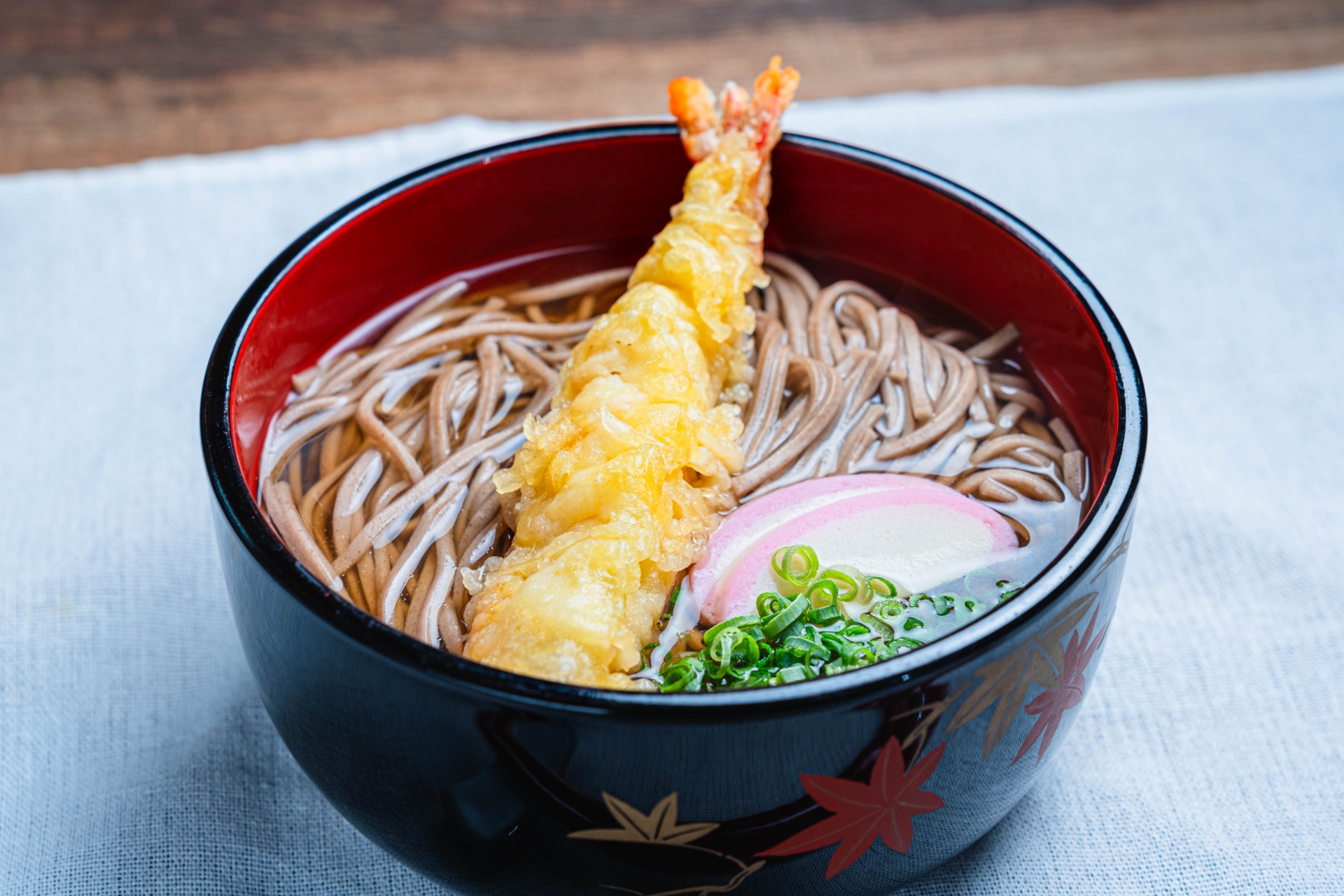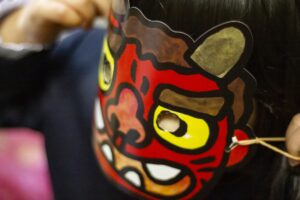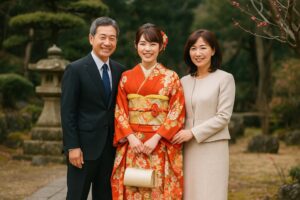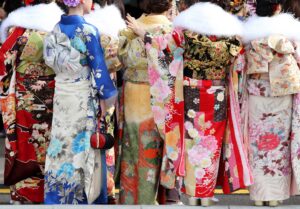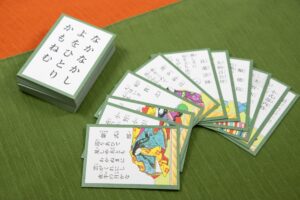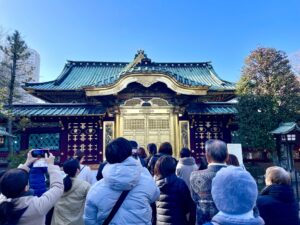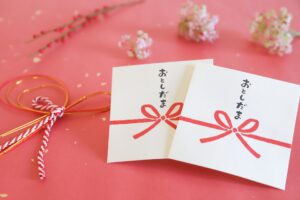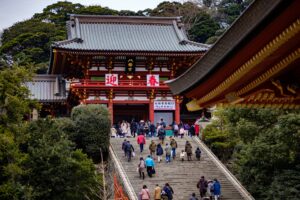Omisoka, celebrated on December 31st, is one of Japan’s most meaningful traditions, marking the year’s conclusion with rituals symbolizing purification, renewal, and gratitude. From preparing homes to enjoying Toshikoshi Soba, Omisoka is steeped in history and spirituality. It offers a reflective and vibrant way to welcome the New Year.
What is Omisoka?
Omisoka (大晦日) refers to New Year’s Eve in Japan and holds deep cultural and spiritual significance. The term combines “O” (big) and “Misoka” (the last day of the month), emphasizing its importance as the year’s final day. Rooted in Shinto and Buddhist traditions, Omisoka symbolizes renewal, a time to cleanse one’s self and surroundings of the past year’s misfortunes and prepare for a prosperous year ahead. The tradition dates back centuries and underscores themes of family, gratitude, and fresh beginnings.

Omisoka Traditions and Rituals

Main Customs
Omisoka is celebrated through a blend of age-old customs. Families clean their homes, a practice called Ōsōji (大掃除), symbolizing purification and renewal. Traditional meals like Toshikoshi Soba are prepared and shared to ensure longevity and resilience. Families often gather to watch Kōhaku Uta Gassen, a New Year’s music contest, while others visit temples and shrines for prayers and blessings.
Regional Variations
While many traditions are widespread, some regions have unique practices. For example, coastal areas might prepare special seafood dishes, while mountain regions emphasize seasonal vegetables.
Toshikoshi Soba: A Symbolic Dish
Toshikoshi Soba, literally “year-crossing noodles,” is a must-have on Omisoka. The long, thin noodles symbolize longevity, while their ease of cutting represents letting go of the past year’s hardships. Traditionally, soba is made with buckwheat flour, known for its resilience. Families often garnish it with ingredients like tempura, green onions, or seaweed to enhance flavor and symbolism.
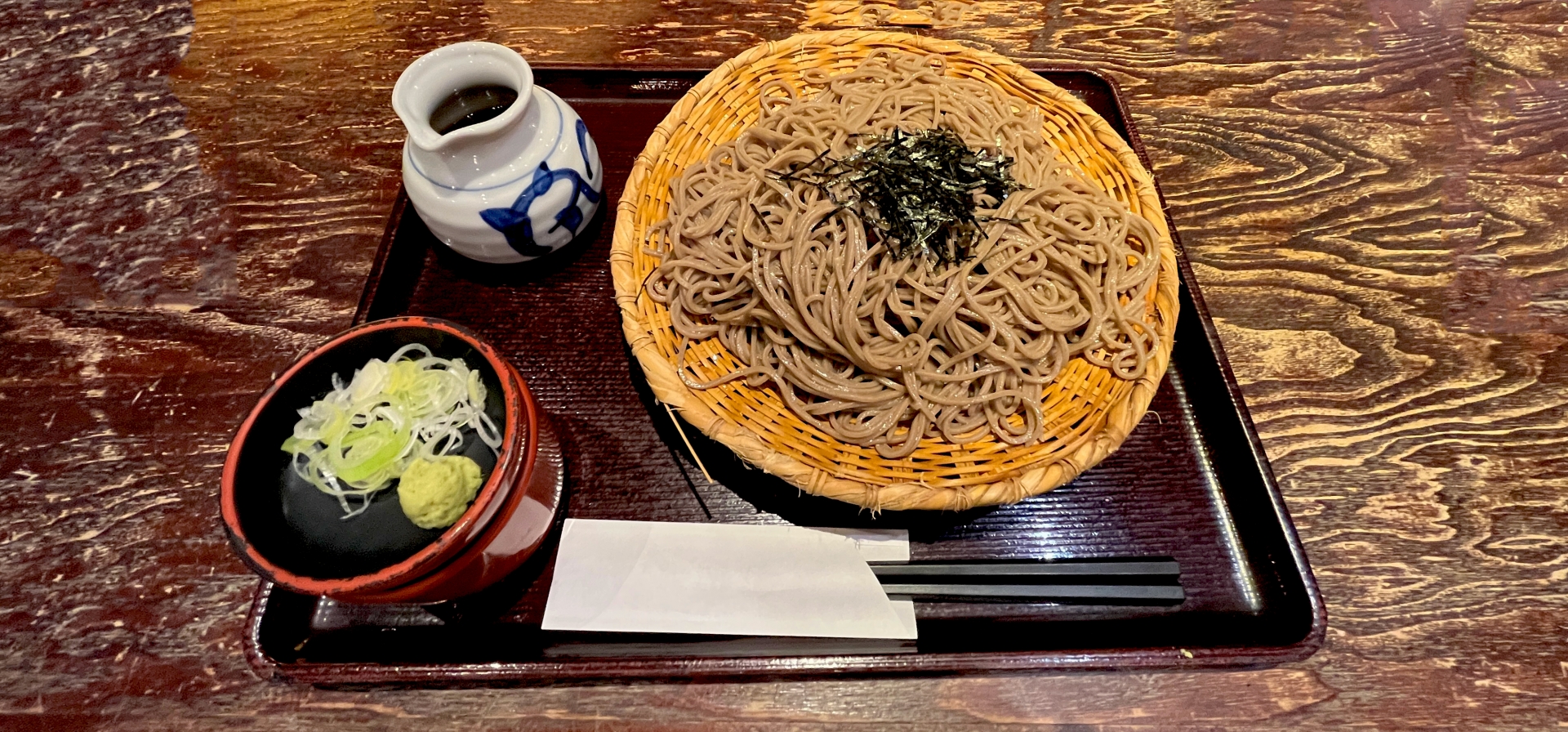
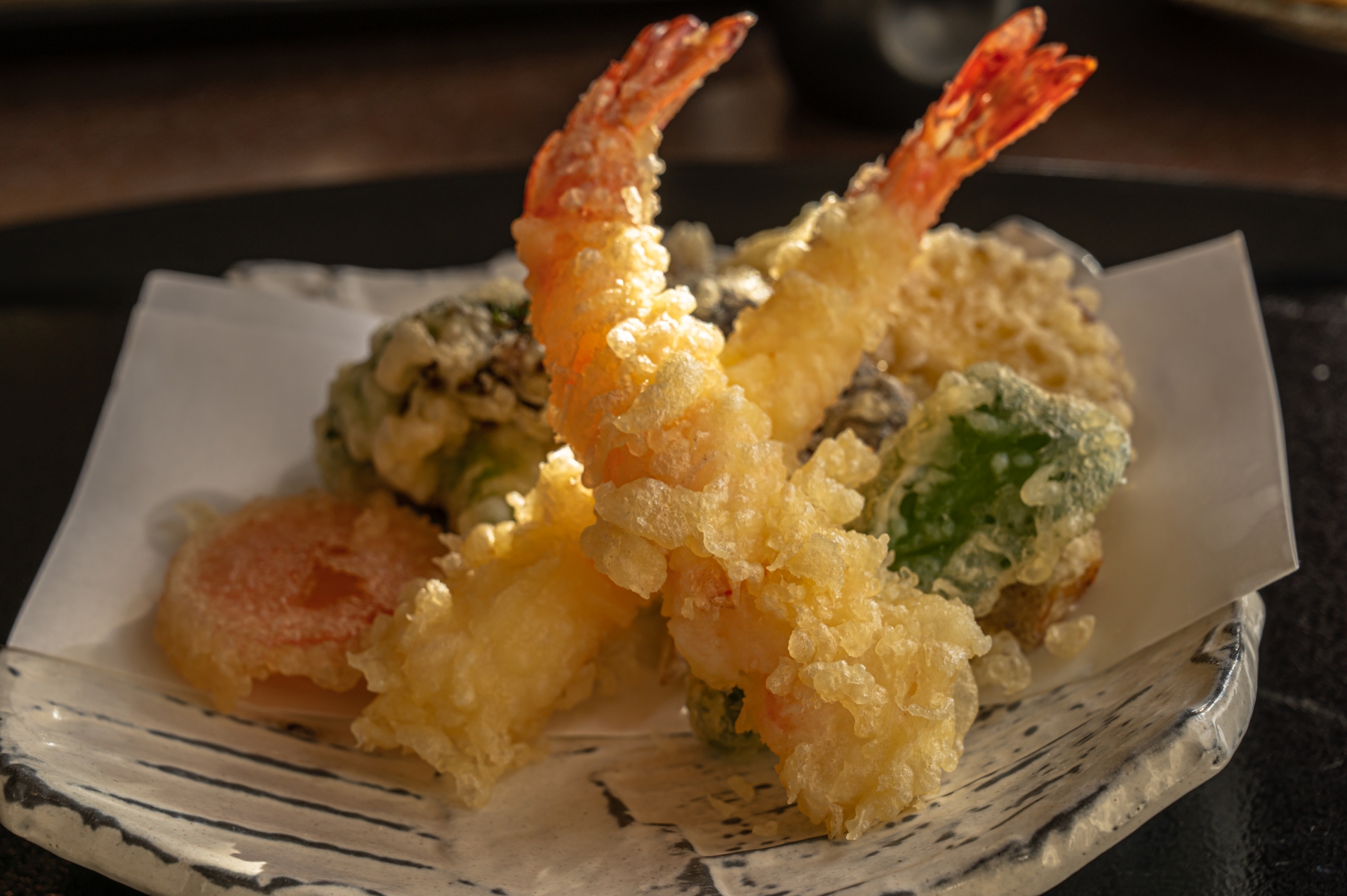
The Role of Cleaning in Omisoka
Cleaning rituals during Omisoka serve as a physical and spiritual purification. Rooted in Shinto beliefs, Ōsōji removes impurities, preparing homes for the Toshigami (New Year deity). In modern times, this practice extends to digital decluttering and adopting sustainable cleaning products, aligning with environmental consciousness.
How to Celebrate Omisoka at Home
To recreate Omisoka at home, start with a thorough cleaning of your living space. Decorate with simple items like bamboo or pine arrangements to symbolize resilience and vitality. Prepare Toshikoshi Soba using fresh ingredients. Involve family or friends by sharing reflections on the year and hopes for the next. For an immersive experience, stream a temple bell ringing ceremony or watch a traditional Japanese New Year’s program.
Experiencing Omisoka in Japan
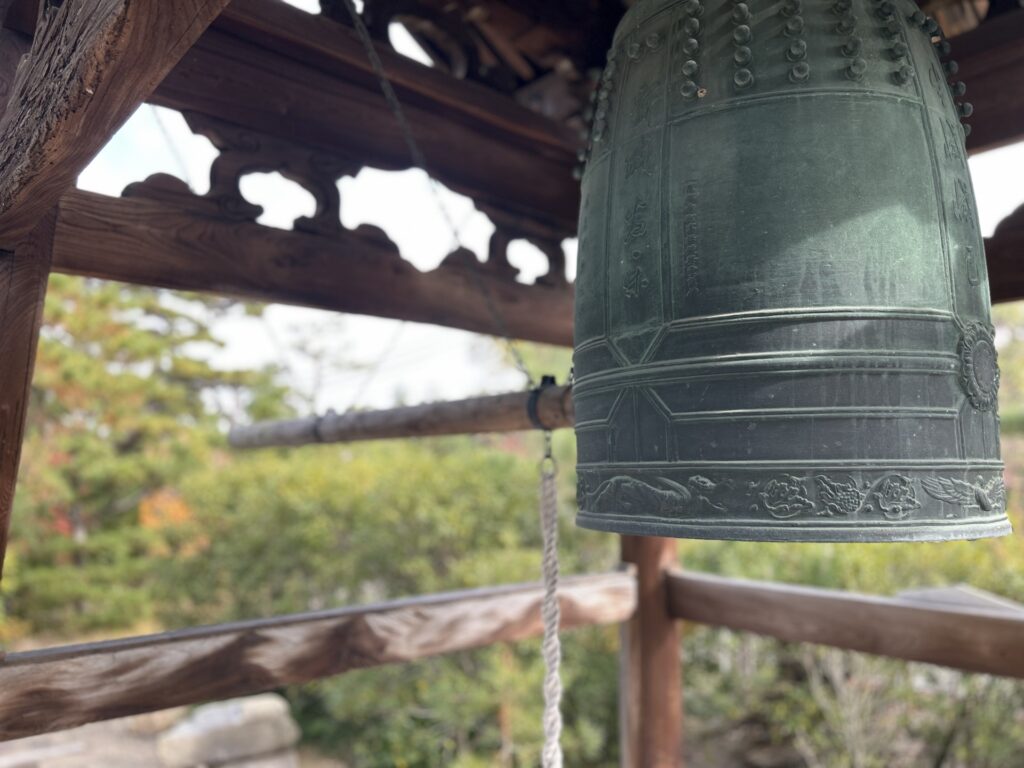
Best Places for Omisoka Festivities
In Japan, popular sites include Tokyo’s Meiji Shrine and Kyoto’s Kiyomizu Temple, where visitors participate in countdowns and prayers. In Nara, Todai-ji offers a serene bell-ringing ceremony.
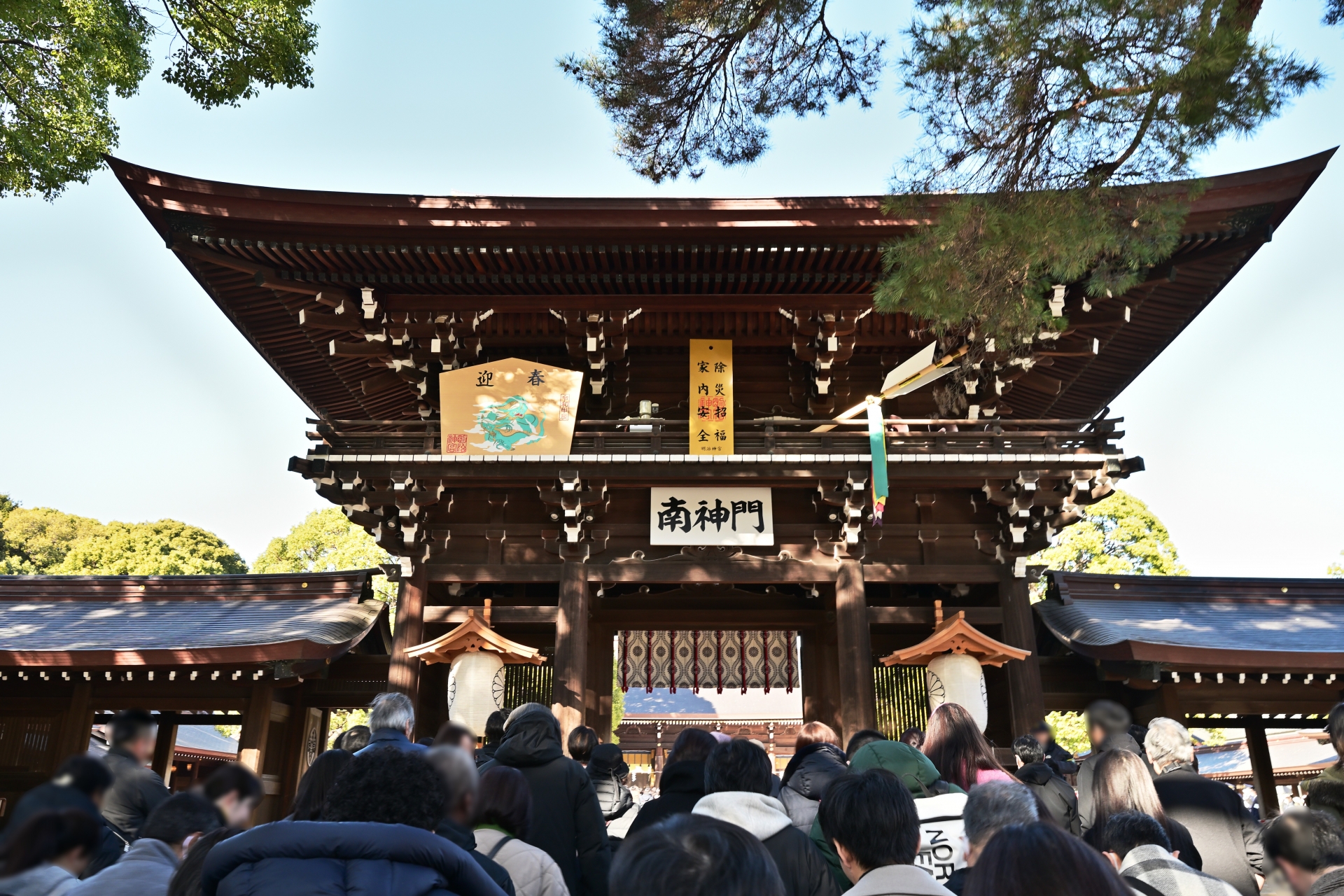
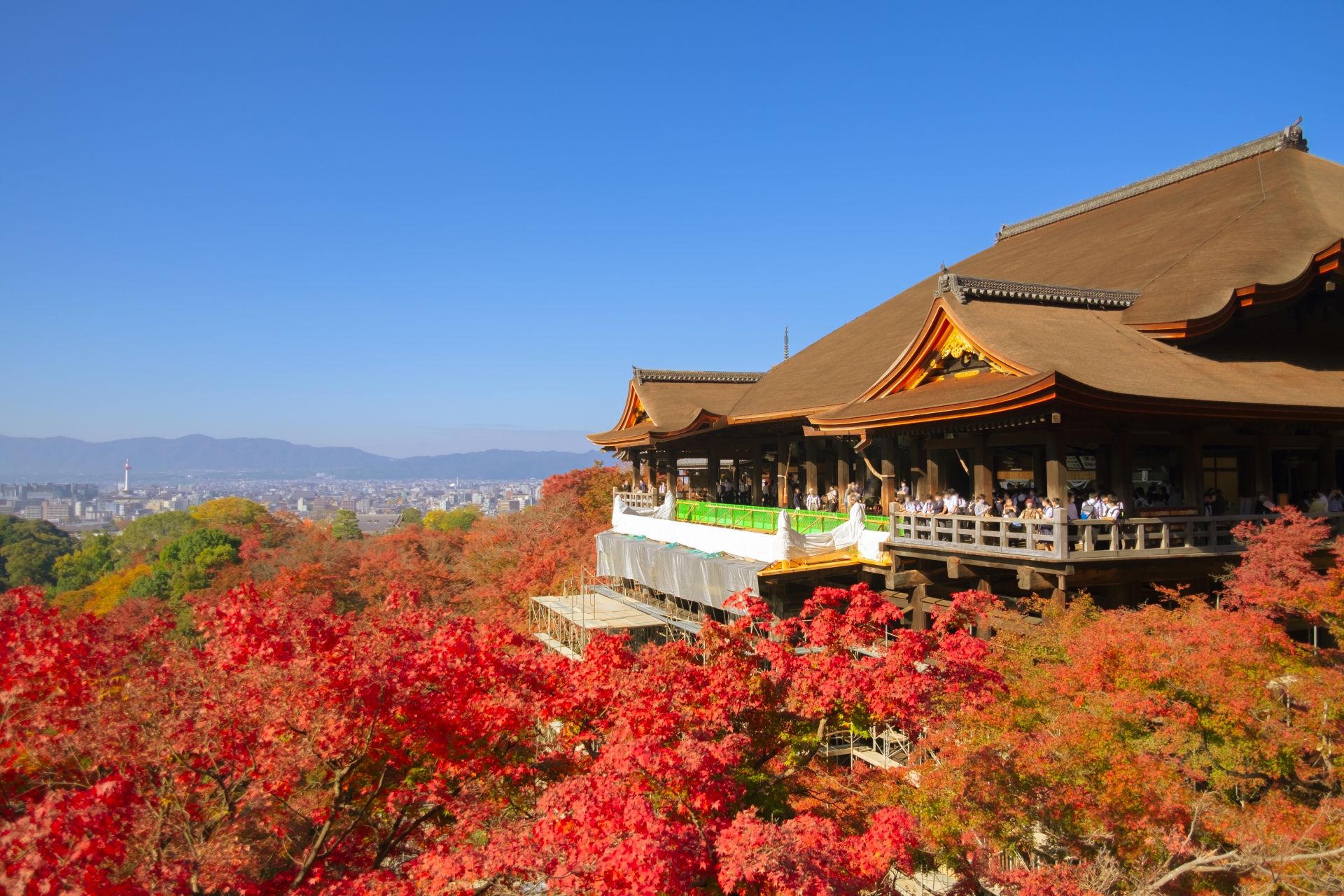
Tips for Travelers
To fully embrace Omisoka, dress modestly for temple visits and be mindful of local customs. Participate in Hatsumōde (first shrine visit of the year) to gain blessings for the year ahead.
Conclusion
Omisoka is more than just a festive celebration—it’s a deeply reflective tradition that highlights the Japanese values of renewal, family, and gratitude. Whether experienced in Japan or recreated at home, embracing Omisoka customs can provide a meaningful transition into the New Year.

